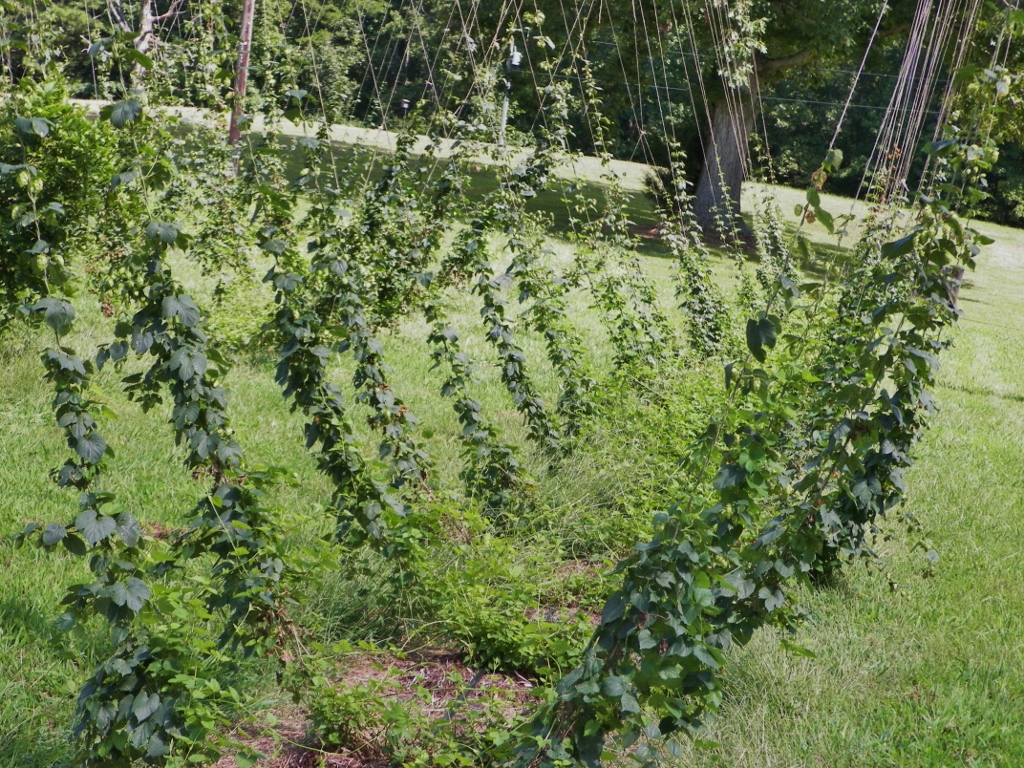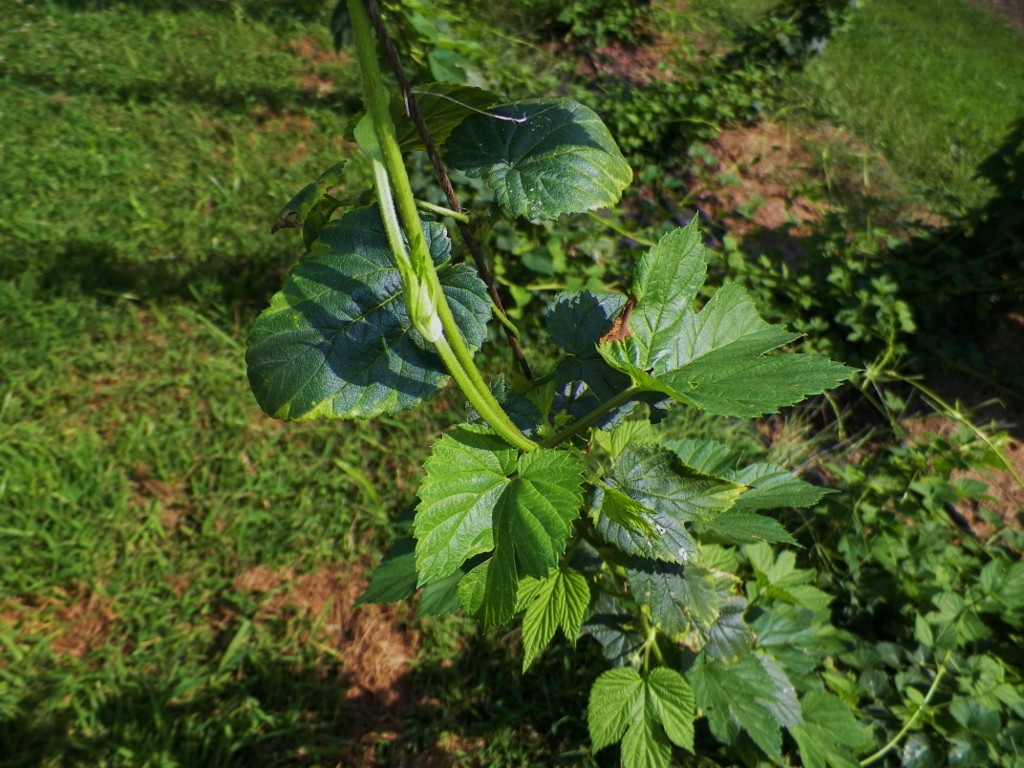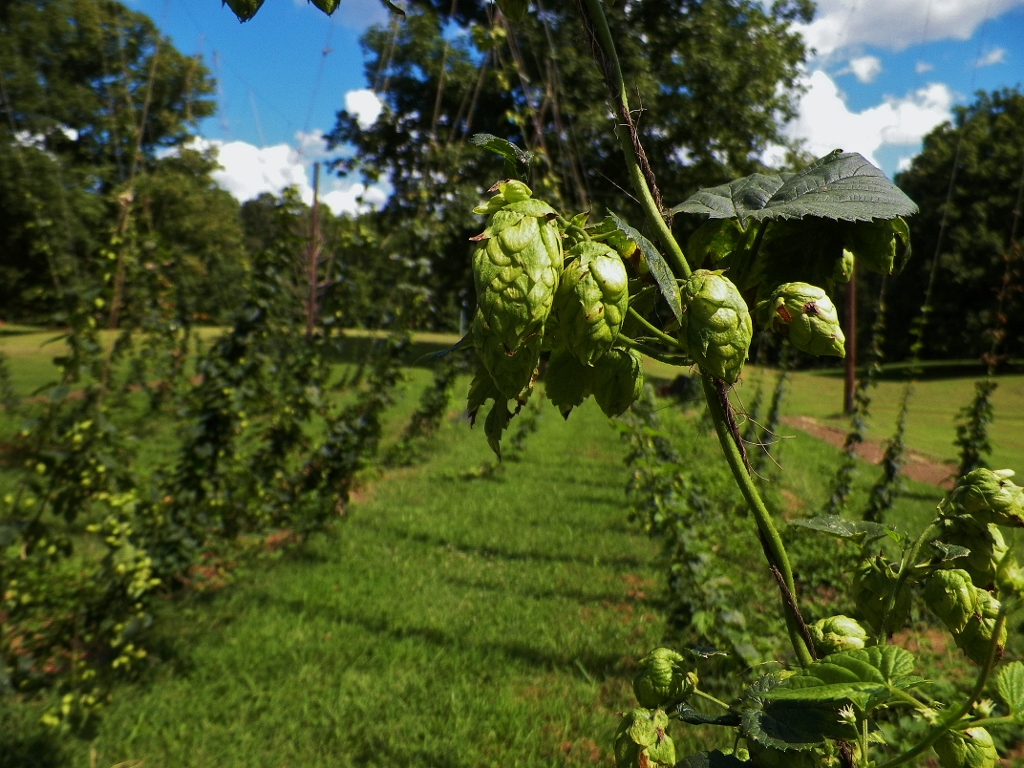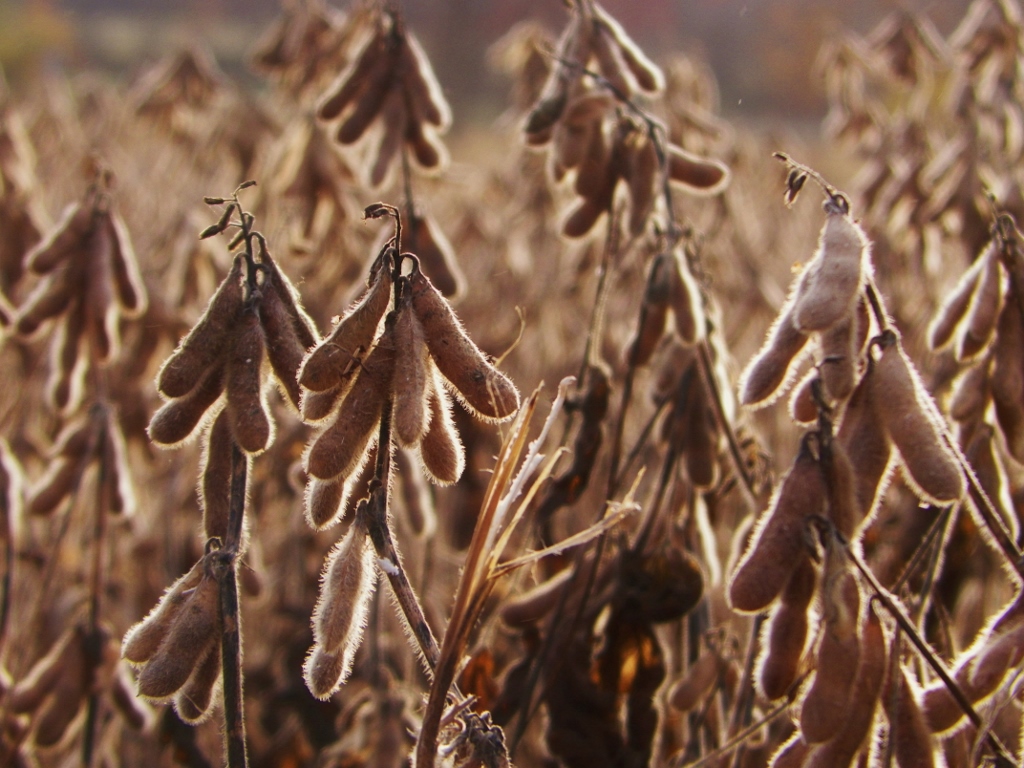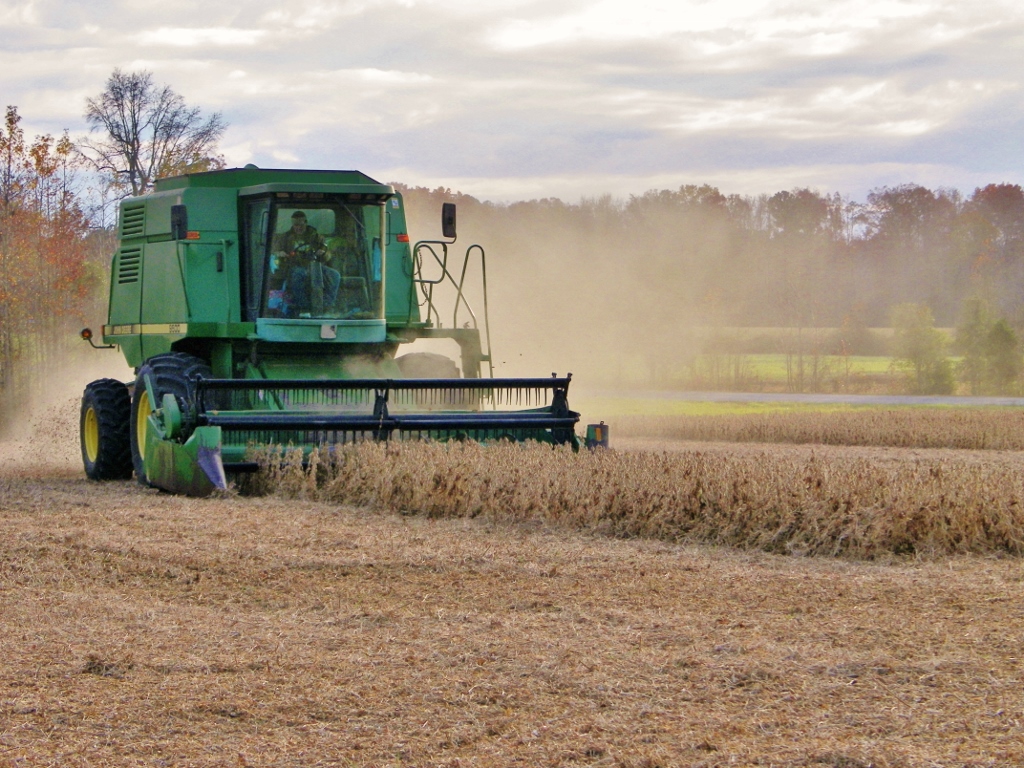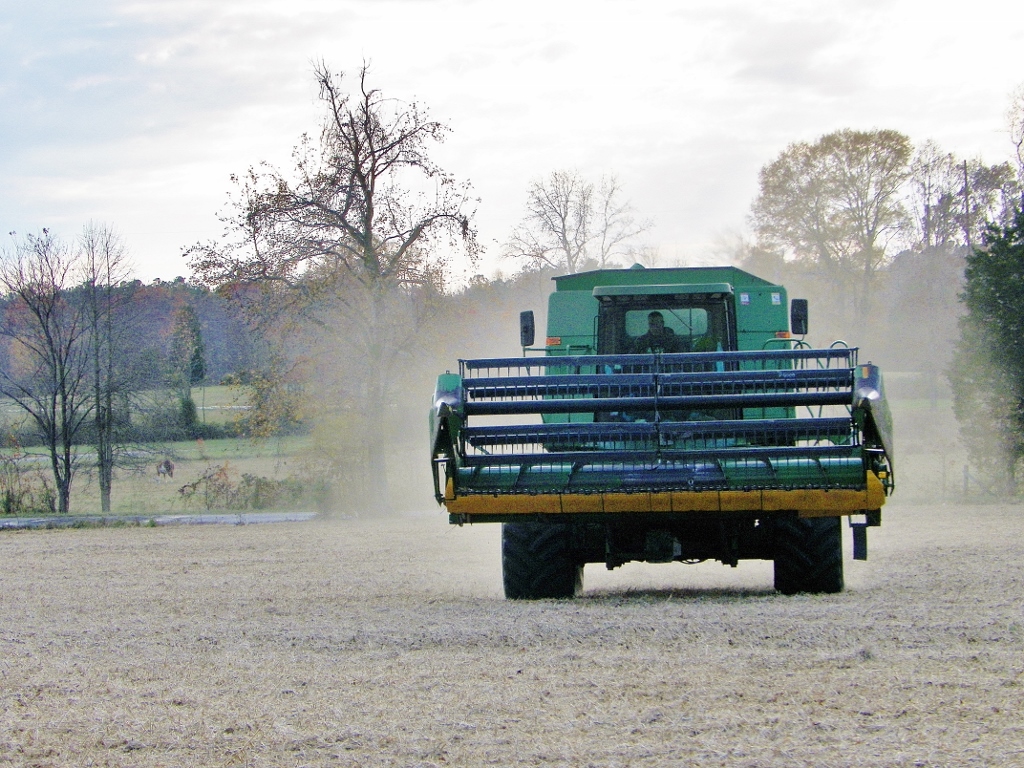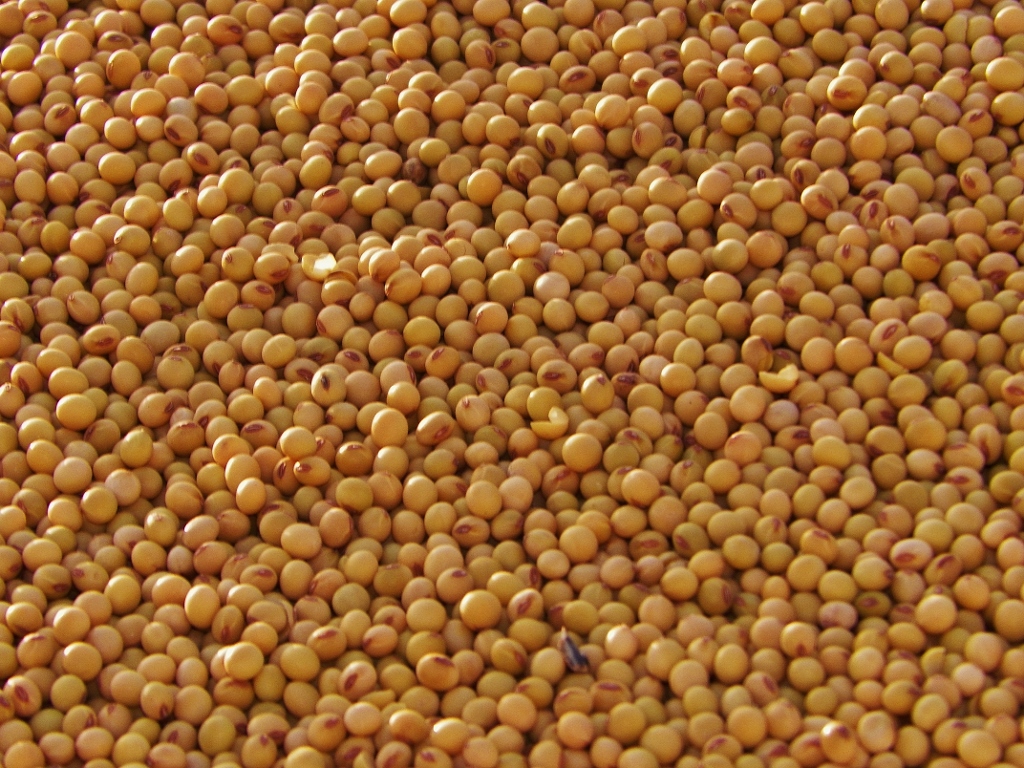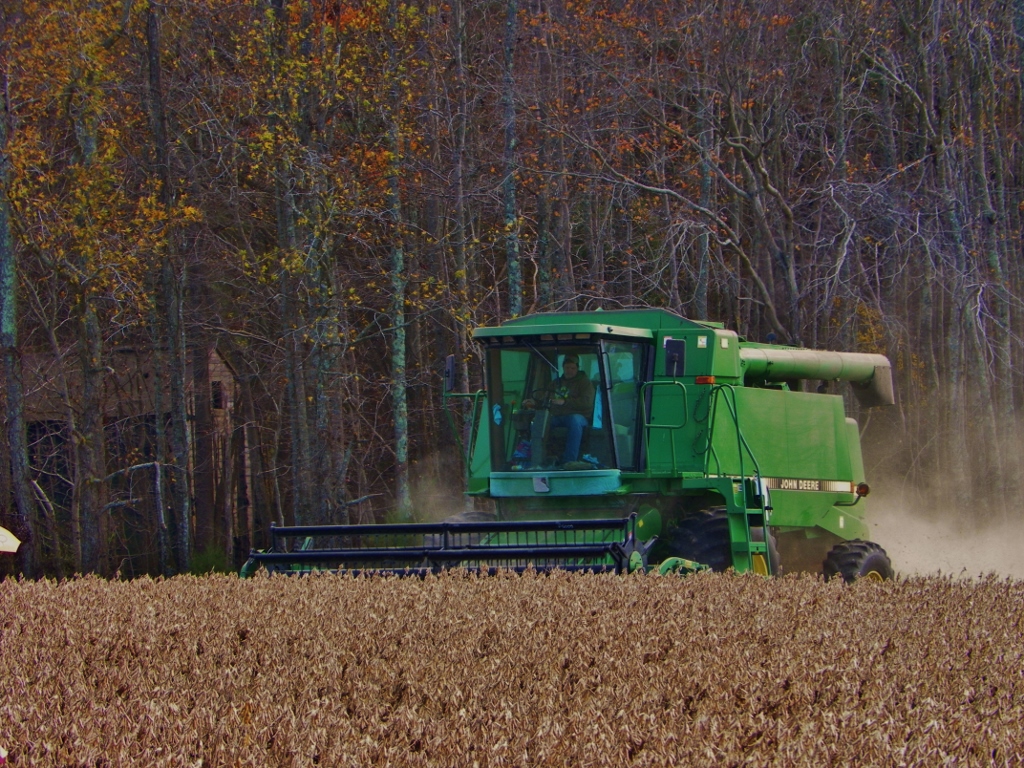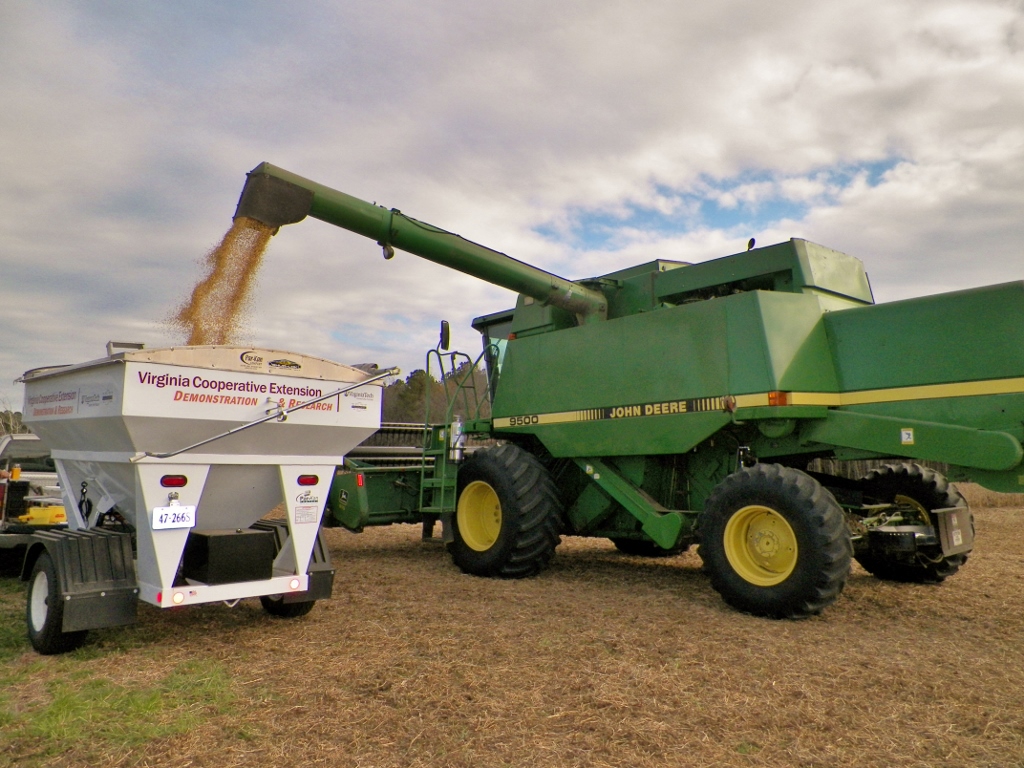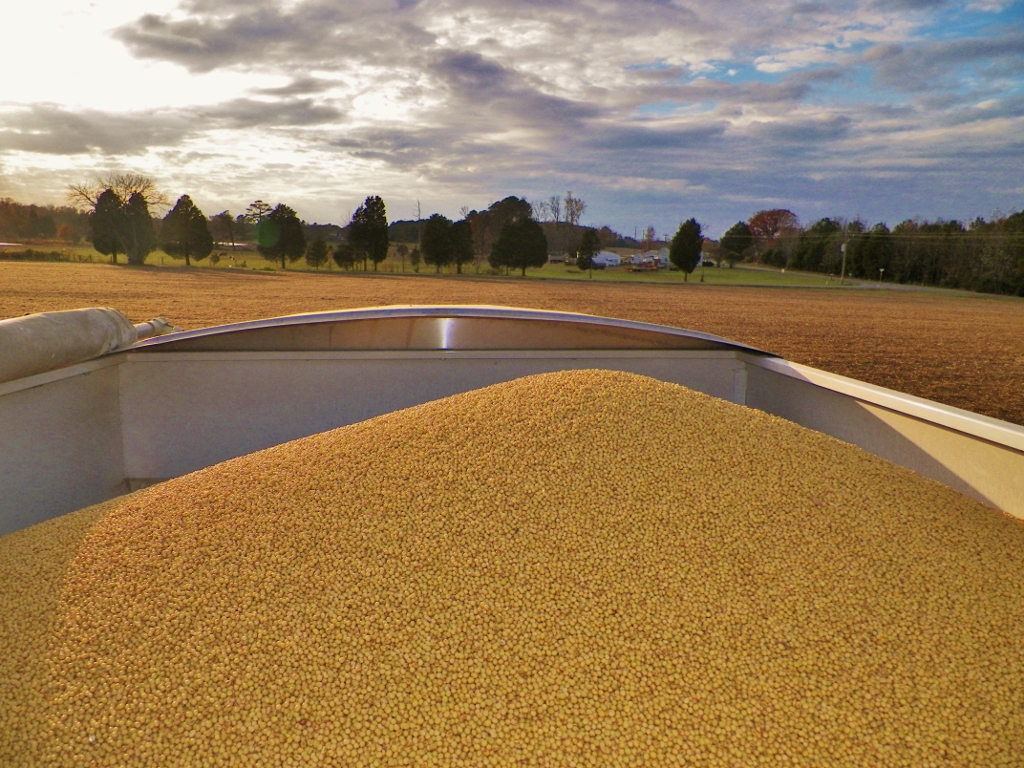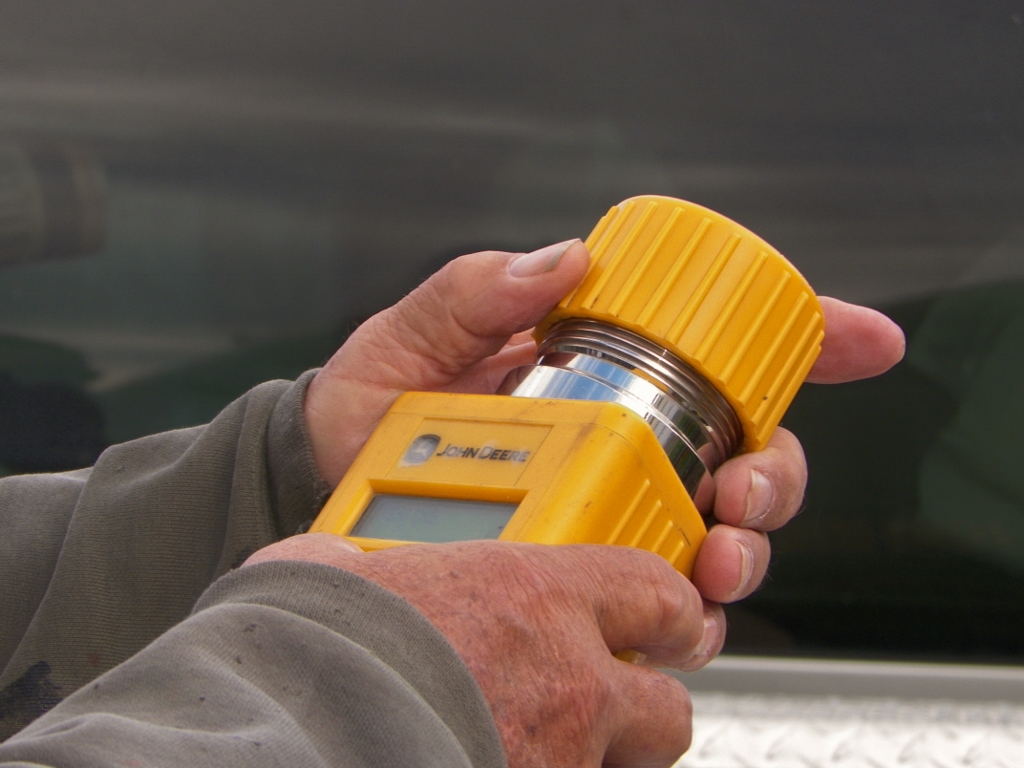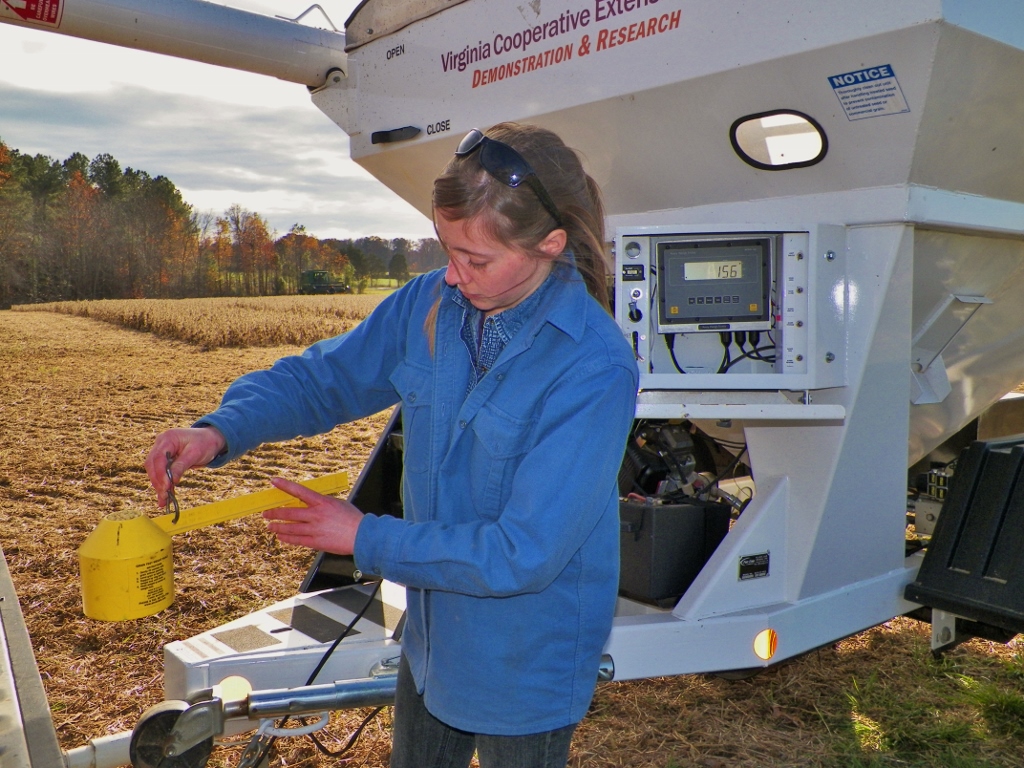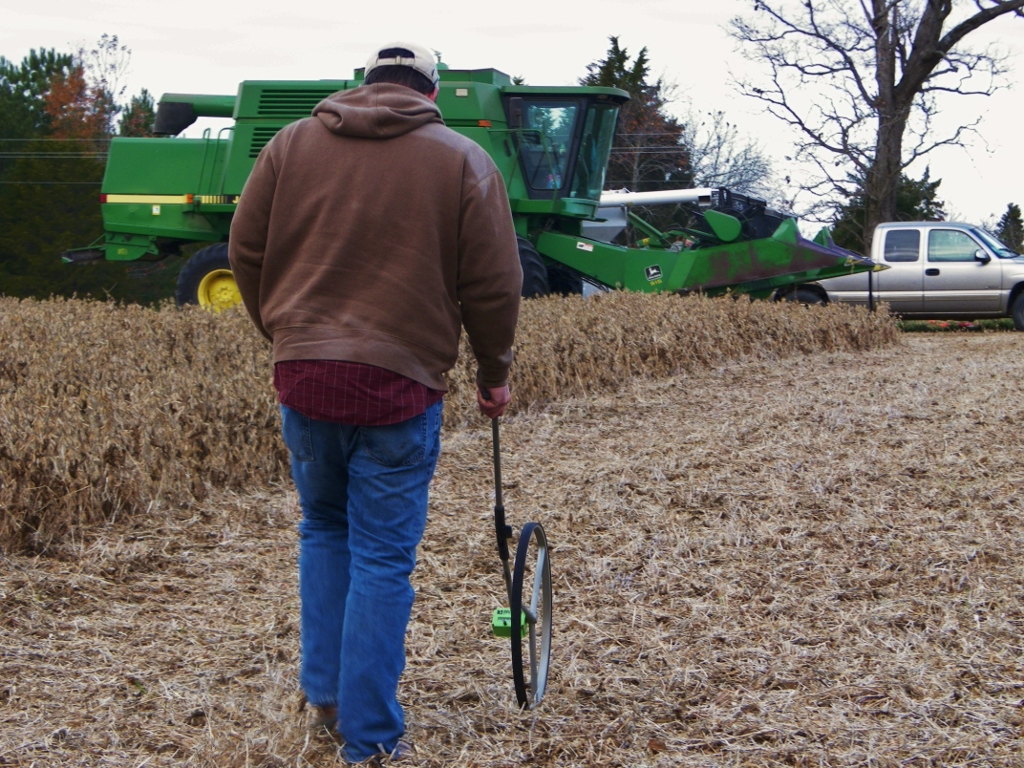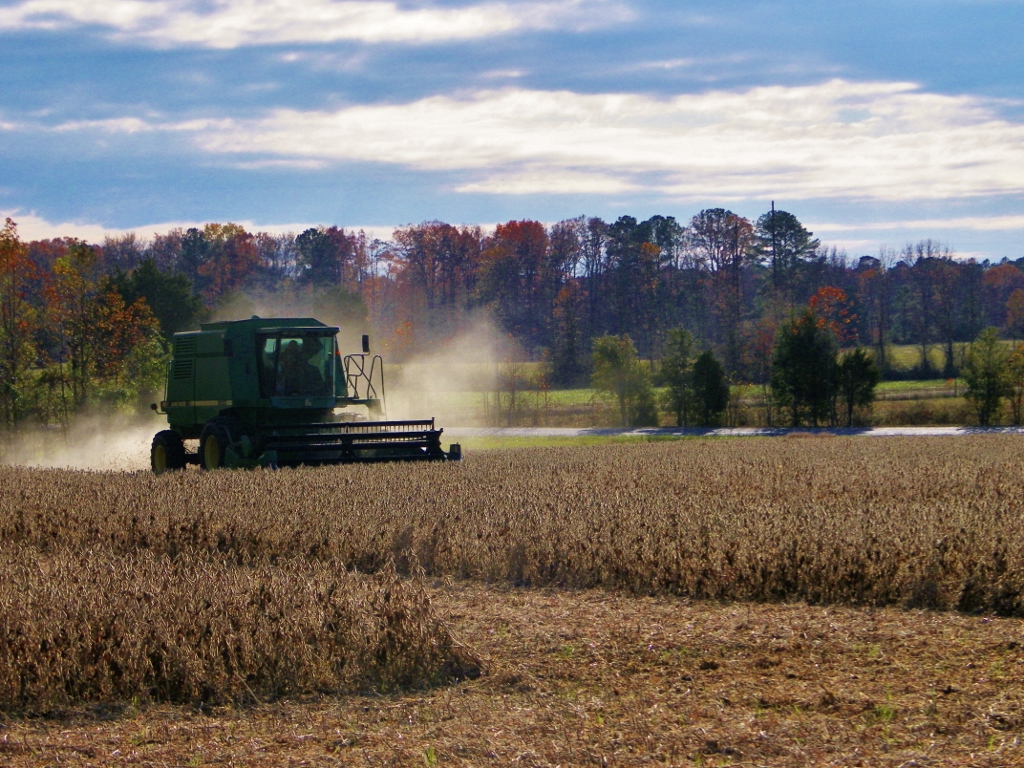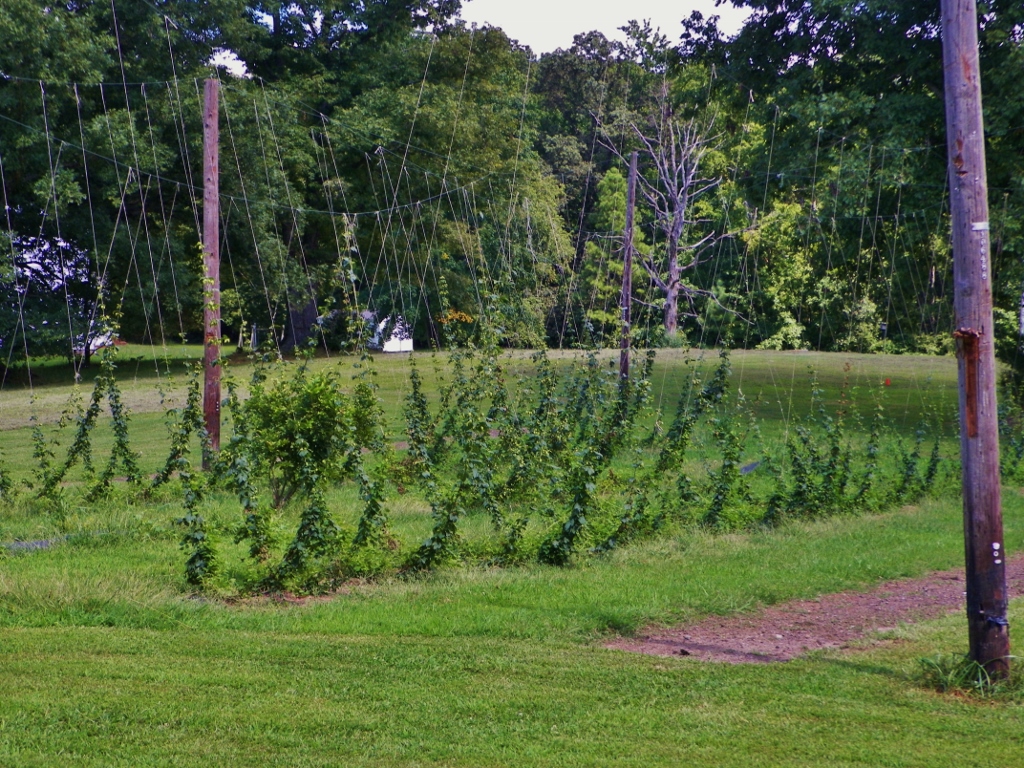 The Midlothian yard is owned and operated by Kurt Stanfield and his business partner Devon Kistler. 2013 was their first year growing hops as a commercial venture, but the results have been good and they have begun to increase the size of the yard and set up new plots for the upcoming season. Kurt and Devon work alongside fellow growers in the state and members of the Old Dominion Hops Cooperative who enjoy swapping ideas, networking with brewers, and helping one another at harvest time.
The Midlothian yard is owned and operated by Kurt Stanfield and his business partner Devon Kistler. 2013 was their first year growing hops as a commercial venture, but the results have been good and they have begun to increase the size of the yard and set up new plots for the upcoming season. Kurt and Devon work alongside fellow growers in the state and members of the Old Dominion Hops Cooperative who enjoy swapping ideas, networking with brewers, and helping one another at harvest time.
 This year, Huguenot Hops grew the Cascade variety, which appeared to make it through the wet, humid summer unscathed by problems like downy mildew that can sometimes haunt hops in Virginia and North Carolina. Perhaps that is due in part to the yard’s unique trellis design. Rather than training the hops to grow in parallel vertical lines, Kurt and Devon arranged them in an open V-shape and spaced them to allow for plenty of airflow. They train each bine to grow clockwise up the twine towards the top of the trellis. However, they are still perfecting their support system design and have plans to make some adjustments to the cables and poles in the new plots that will be used to grow the Nugget and Zeus varieties next year.
This year, Huguenot Hops grew the Cascade variety, which appeared to make it through the wet, humid summer unscathed by problems like downy mildew that can sometimes haunt hops in Virginia and North Carolina. Perhaps that is due in part to the yard’s unique trellis design. Rather than training the hops to grow in parallel vertical lines, Kurt and Devon arranged them in an open V-shape and spaced them to allow for plenty of airflow. They train each bine to grow clockwise up the twine towards the top of the trellis. However, they are still perfecting their support system design and have plans to make some adjustments to the cables and poles in the new plots that will be used to grow the Nugget and Zeus varieties next year.
Kurt and Devon are planning to take soil tests on the existing yard and the new ground so that they can amend the soil pH and nutrient levels accordingly. Like any crop, hops need sufficient levels of nitrogen, phosphorus, and potassium to remain productive. The yard is also working on perfecting their weed control system using ground covers like mulch and cloth. In addition to suppressing weeds, covers like mulch help the soil retain its moisture. Moisture control is critical in hops, and during most summers the plants require irrigation to supplement rainfall.
Hops growers can start yards with rhizomes, cuttings, and field-ready plants from other growers. The hops grow each year out of the crown at the soil level. In order to ensure that only the best bines grow up on the trellis, Kurt and Devon cut the regrowth several times early in the season. This helps remove any shoots that may carry certain diseases and eliminates any possible “bull shoots,” or shoots that are not ultimately productive.
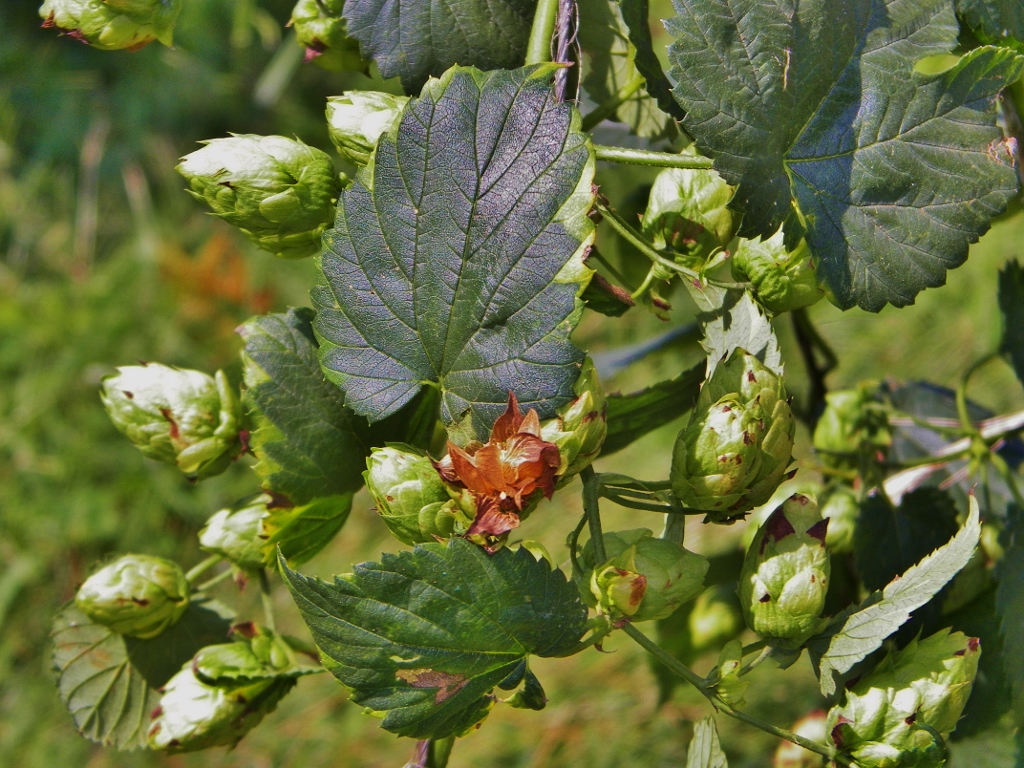 Kurt and Devon hope to harvest one and a half to two pounds of hops per year from each plant that has been growing for two or three years. Because hand-harvest of a sizeable yard requires ladders, lots of time, and a small army of volunteers, they are considering the possibility of turning to a mechanical harvester that strips the cones off the bines. What else does the future hold for Huguenot Hops? Some new practices and improved trellises seem to be in the cards, and if all goes well, plenty of local hops will make their way into Virginia brews in the coming years.
Kurt and Devon hope to harvest one and a half to two pounds of hops per year from each plant that has been growing for two or three years. Because hand-harvest of a sizeable yard requires ladders, lots of time, and a small army of volunteers, they are considering the possibility of turning to a mechanical harvester that strips the cones off the bines. What else does the future hold for Huguenot Hops? Some new practices and improved trellises seem to be in the cards, and if all goes well, plenty of local hops will make their way into Virginia brews in the coming years.


